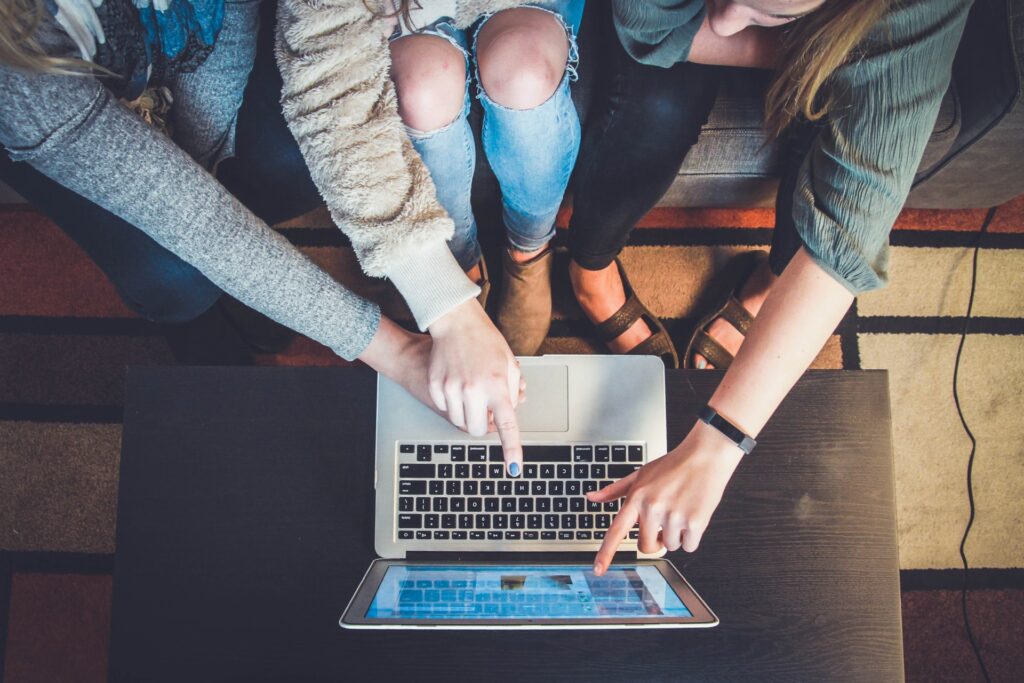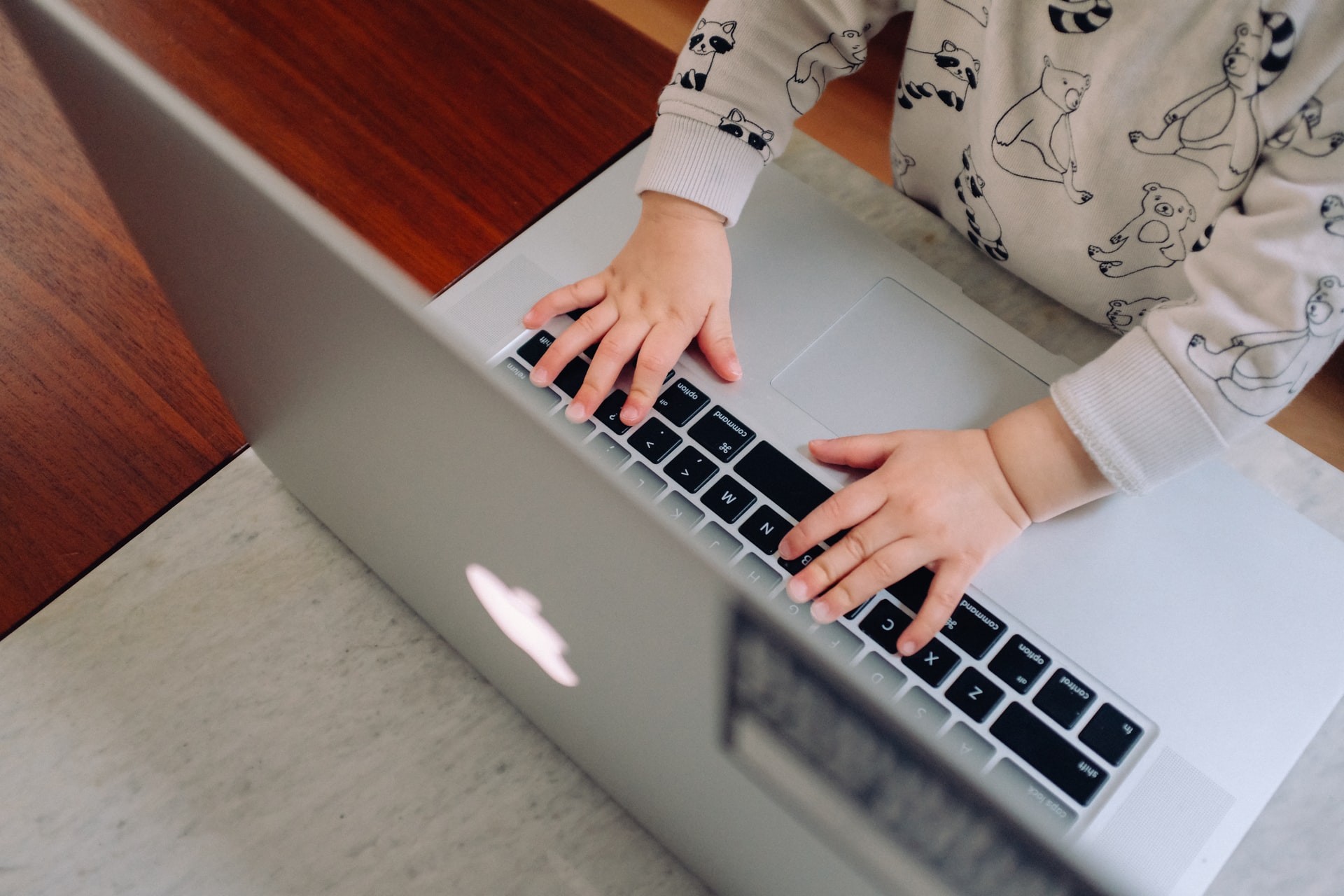Connective Consumption? Lockdown Life is Restructuring the Ways We Socialize
People have had a host of responses to lockdown living, ranging from cutting off all contact with others, to maintaining not only close friends, but also reconnecting with old characters from our past. However, one thing that many have experienced is an increased reliance on digital technology. This comes with a range of its own benefits and complications. Relying upon technology has manifested in several forms, including enabling teens to stay in touch with friends with relative ease, to increasing feelings of ‘FOMO’ or fear of missing out. The coronavirus and lockdown are changing the way we use technology, communicate, and maintain relationships. It has led to the creation of a new form of nostalgia for life enjoyed with the knowledge of a certain future and forced societies to consider a ‘normal’ wherein technology takes center stage.
Digital usage has never been more necessary. With more folks staying at home, screen times have shot up by 36 percent, content engagement on Instagram has risen by 25 percent and the use of video conferencing platforms like Zoom and Microsoft Teams has risen almost everywhere. In some cases, people are now advocating for work from home in hopes of making it a more permanent facet of life after the pandemic. Accustomed to the digital life, people have grown to embrace the work-from-home life, trading out hectic commutes and awkward water cooler chats for the comfort and privacy of their own homes. Yet as societies increasingly rely on technology, these changes have led to new problems and a mental shift in how nostalgia and connection are experienced.

Living life through a screen has morphed nostalgia into a new form of consumption. Our reliance on technology has reshaped our previous understanding and definition for nostalgia. While it could refer to the longing and affection for an unattainable past, today, nostalgia is reshaped to define a longing and desire for a past within which we have a certain future. Indeed, our reliance on technology today has exacerbated inequality, leaving behind low-income groups who struggle to have a space to work or access to technology and hindering the ability to work for some.
Lockdown disrupts our daily lives and forcibly isolated some from their loved ones. It has led to increased feelings of FOMO and created new forms of virtual consumption. In all instances, the pandemic has given us a challenge to grow and develop upon. Humans are innately social beings, as this project studying COVID’s effects on relationships, conducted by Richard Slatcher at the University of Georgia, sets out to explore in further detail. The challenge is now about determining how to wield technology to aid and assist, rather than destroy and disrupt, our habits and well-being.
With virtually everything happening online, people are finding it difficult to catch up with it all. The fear of missing out, or FOMO, has shifted from in-person activities to keeping up with what others are doing digitally and comparing what we are doing with what we see of others. Social media has not always made us feel connected. In quarantine, we experience this disconnect and FOMO from consuming more content and posts. With more time spent online, it is easier for us to compare our own lives with other people’s activities and lockdown lives.
But it isn’t just FOMO for others and their lockdown activities. We experience FOMO when comparing our lives with what they could have been like. From those concert tickets you still have tucked in an envelope, to no longer being able to seriously entertain the idea of a trip abroad, people have physical representations of what could have been, while a mental shift has been made after we are forced to say no to the exciting idea of travel.

However, lockdown and the inability to attend events, go out and see others for social activity has revealed a more fundamental problem in the ways people socialize. As we try to cope with being stuck at home, this manifests in more consumption, albeit virtually. This is because at its core, ways of socializing with others has often been founded upon consuming. As such, whether its meeting a friend for coffee or now, buying the latest trending dress to post, share and talk about with your friends online, socializing and staying in touch with others is firstly an act of consumption, and secondly a way to stay in touch and connected with loved ones.
How can we combat this? As Magnus Boström argues, we need to understand how social mechanisms at the level of social life contribute to, reproduce and even accelerate unsustainable consumption habits. As we learn new ways of using technology for the better, we need to pay close attention to social media platforms and our ways of engaging with content online. More active strategies of engagement can help combat the fear of missing out often experienced when passively consuming content.
Meanwhile, professor Lalin Anik offers the alternative JOMO, or ‘the joy of missing out’. People can celebrate the freedom of not being attached to consumptive social events. Regardless, the changes we have been forced to adapt as a result of the global pandemic can help us restructure systems of socializing to become less reliant upon consumption. Collectively experiencing this change can help facilitate group collaboration to make more permanent adjustments in how we socialize once out of lockdown.

Nonetheless, entering lockdown, we have lost our right to the ritual of consumption, and it’s hard to not miss a routine we have become so familiar with. For the past several years, consumption has increasingly defined our daily habits, activities and experiences. As such, lockdown has been an incredibly isolating experience for many, not only in the context of in-person visits, but also in a mental and emotional shift that comes with it. The ways in which we consume now changed, and they will shape the ways we consume in the future. The nostalgic consumption of today indicates a desire for not just the pre-COVID past, but also a stable future that we can imagine and agree with.
In times of crisis, nostalgia creeps back in for a lot of people as they begin to miss and long for an unattainable past. It makes sense that we feel more nostalgic now, baking bread, knitting and gardening. Nostalgia can serve an autobiographical purpose by connecting past selves with present selves (Veliko-Shapko, 2020)1, and can fuel feelings of a meaningful existence.
However, nostalgic yearnings prevalent today are more complex than before, as it is not just the past that people long for, but a past that held the prospect of a future – a yearning for old spaces and the freedom to roam and travel wherever” prompts us to buy things we never would have before. This goes hand in hand with newly emerging types of consumers today. Ernst & Young identified four new consumer segments today: the save and stockpile consumer (35 percent), the cut deep consumer (27 percent), the stay calm and carry on consumer (26 percent) and the hibernate and spend consumer (11 percent). Moreover, many consumers have supported the ‘shop local’ trend in efforts to not let their favorite small businesses go out of business. As such, the pandemic and lockdown life have created newly emerged consumer markets, while shifting the way consumers think about what and when to buy.

These changes indicate that we revert to activities and sentiments on smaller scales. People have become more in touch with their communities and others at a more local level. This is fueled by people’s efforts to not get the virus through the products they buy, as well as a form of solidarity and togetherness. Many have found pleasure in simpler ways of consumption, prompting reflection on how to build a more sustainable future for the planet and people. We have had to replace our old rituals with new simpler, consumptive rituals, while missing the prospect of a secure future. So, what does this mean for societies?
During and after a crisis, societies become more resilient when people deepen and broaden their social infrastructure; social ties provide necessary emotional support, and social networks are crucial to lessening the effects of trauma. In a global pandemic, our new ways of socializing and newly shifting ways of connecting impacts this system of support. What’s important is that collectively, communities can learn to embrace simpler, smaller forms of consumption, all the while making efforts to detach socialization and connection with consumption. Old methods of connectivity situated around hashtags and social media platforms have proven successful in uniting people and connecting them, but the future requires more genuine, grounded and engaged uses of technology to aid communication.































































































